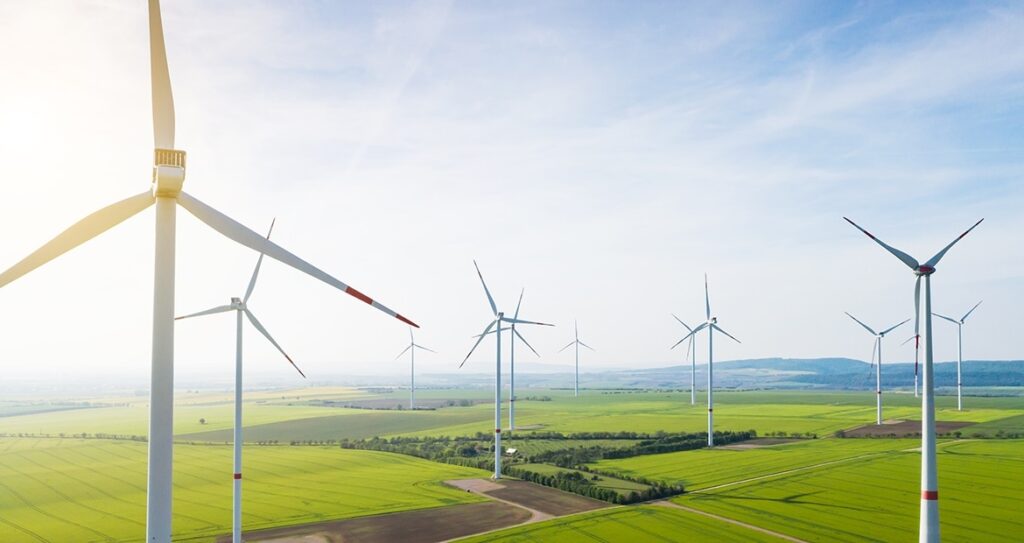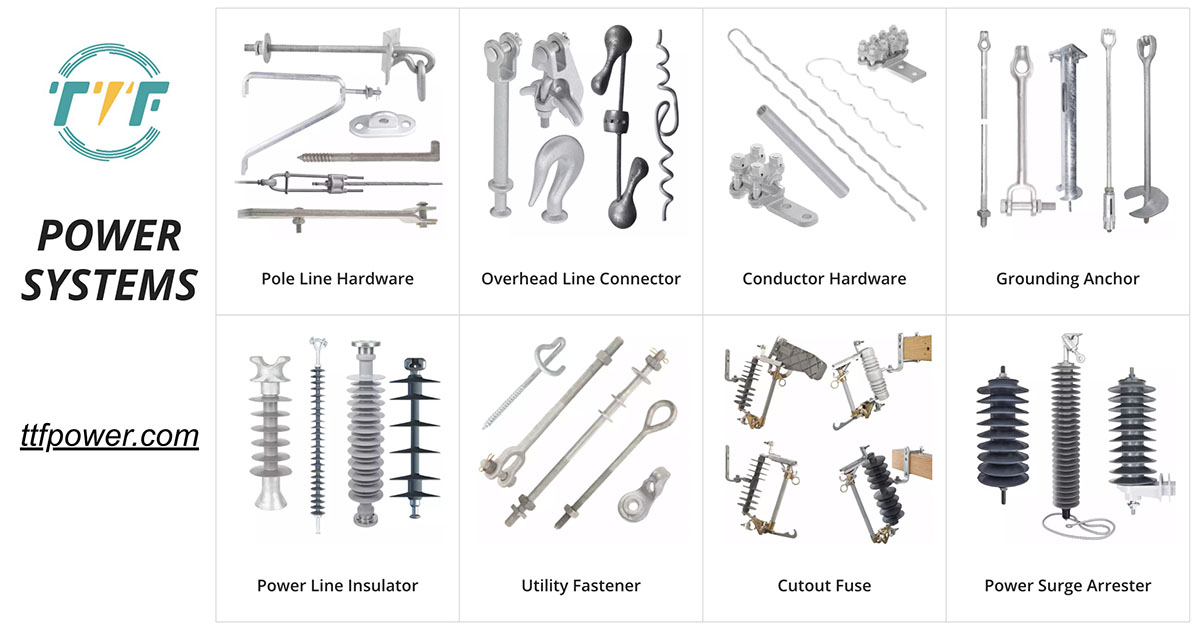
Distributed energy resources (DERs) are small-scale energy generation and storage technologies located close to the point of consumption. These include solar panels, wind turbines, and battery storage. These DERs allow for improved energy management and support the transition towards a decentralized energy grid. The growth of distributed energy resources is due to factors such as renewable energy resources, increasing demand, and a focus on sustainability. Their growth and development offer improved energy security, reduced dependence on fossil fuels, and increased grid flexibility. In South American countries like Brazil, Chile, and Argentina, DERs ease grid integration and lead to a resilient energy future. DERs promise of energy equity and environmental sustainability in South America. A suspension clamp maintains the stability and reliability of power lines in DERs.
A suspension clamp securely supports and suspends overhead power cables used in the DER infrastructure. Suspension clamps distribute the weight of the power cable to prevent stress on the conductor and support structures. This ensures the cables remain stable in adverse weather conditions. The clamps are also able to maintain distance between the conductors and reduce the risk of electrical short circuits. Suspension clamps allow for the expansion and contraction of power cables to prevent excess stress. Additionally, the clamp connects the power cables from solar panels and wind turbines to the main power grid. This article looks at the different ways a suspension clamp serves in the development of distributed energy resources in South America.
Significance of a suspension clamp in DERs in South America
A suspension clamp plays a vital role in the infrastructure of distributed energy resources in South America. It maintains the stability and reliability of power lines, which consist of new installations and older infrastructure. A suspension clamp eases the energy transition by supporting the safe and efficient transport of renewable energy. The following are the various roles of a suspension clamp in South America’s DERs.

- Long-distance power transmission – suspension clamps secure conductors to utility poles without putting stress on power lines. Given the South American diverse geography, the clamps allow stable transmission across the region.
- Reducing line sag—the suspension clamp is able to handle the weight of the conductor, preventing sagging. This ensures the power lines remain stable and reduces contact with trees, buildings, or the ground.
- Reducing wear – a suspension clamp reduces wear and tear on conductors and poles by distributing mechanical stress. It also enables the use of setups by reducing strain on power lines.
- Flexibility in DER grid connections – distributed energy resources connect to local grids or microgrids. The suspension clamp allows for more flexible attachment points, which is easier for connections.
- Reducing maintenance costs and improving reliability—a suspension clamp has low maintenance, which is important in remote regions. A well-maintained suspension clamp reduces the risk of outages for a reliable grid.
Trends in distributed energy resources in South America
The growth of distributed energy resources in South America arises from increasing energy demand and the need for improved energy access and sustainability. There are several trends in DERs that reflect the continent’s drive towards sustainable and resilient energy systems. Advances in DER technologies set South America as a more decentralized, sustainable, and resilient renewable energy. At TTF Power, we are a world-class global provider of high quality overhead line hardware, transmission hardware, distribution hardware, conductors, insulators, cutout switches, anchoring and grounding products. These components support the development of distributd energy resources in South America. The following are the common trends in South America’s DERs.

- Integration of energy storage systems – energy storage allows the capture of intermittent energy from renewable sources. For instance, Chile and Argentina are investing in storage to balance their renewable energy output.
- Decentralized projects—community-owned renewable energy projects are popular to empowering local communities. They enable communities to own and manage their own energy resources, which enhances energy access.
- Smart grid and IoT integration – the development of smart grids supports the integration of DERs into national grids. This allows for more efficient and flexible energy distribution in the region. The grids use sensors and IoT technology to track and manage energy flows.
- Rural electrification and energy access—DERs bridge the gap in communities that lack reliable power. They aim to bring electricity to remote areas to reduce energy poverty across the region.
- Energy-as-a-service (EaaS) models – this model allows customers to access renewable energy installations like solar panels. This reduces the high upfront costs by paying through a subscription or service fee.
